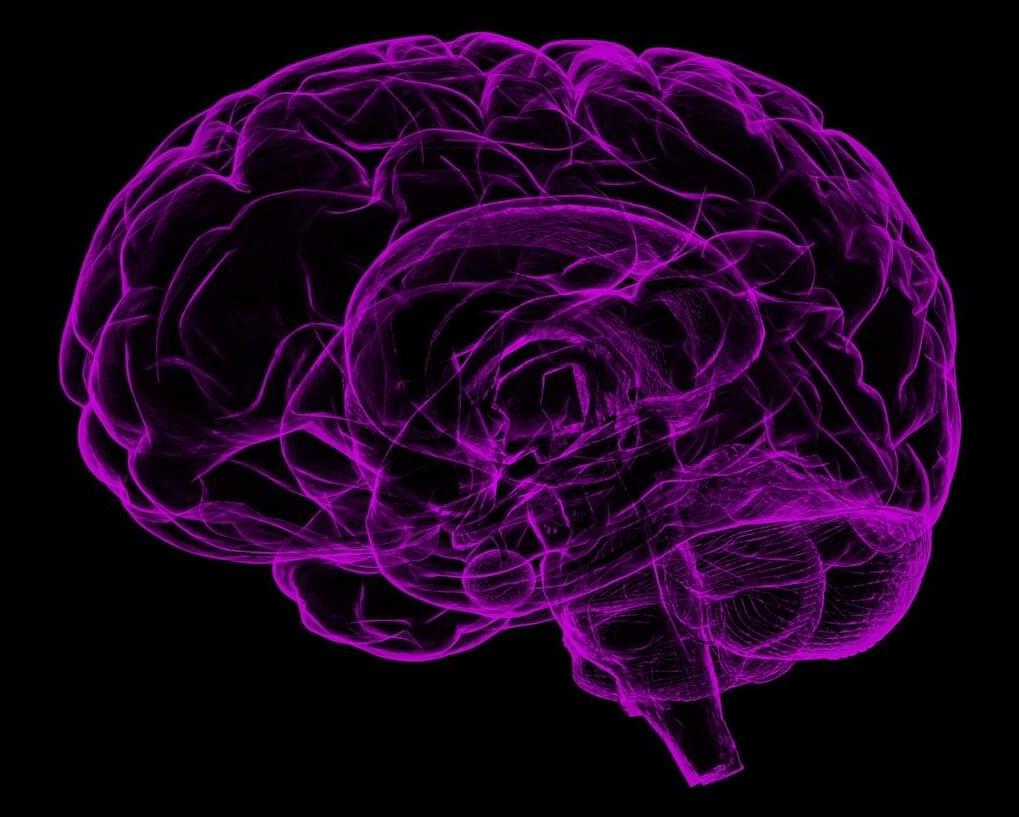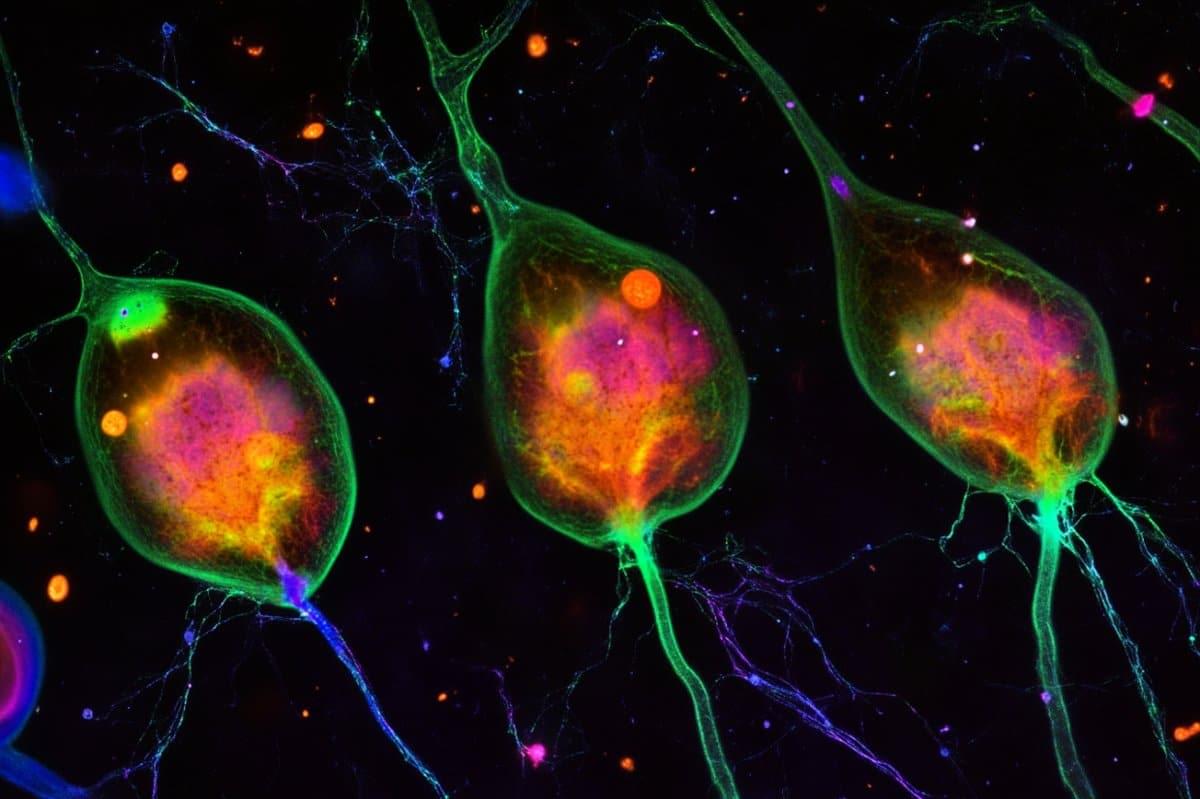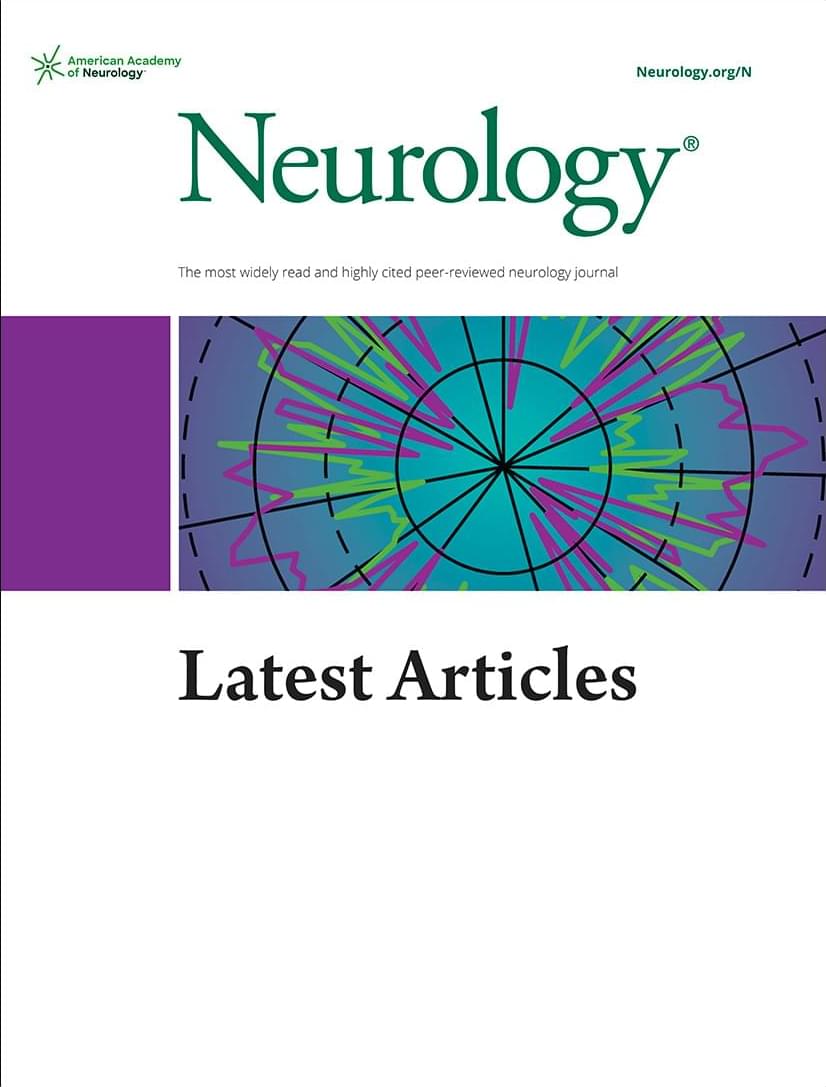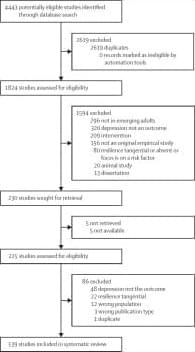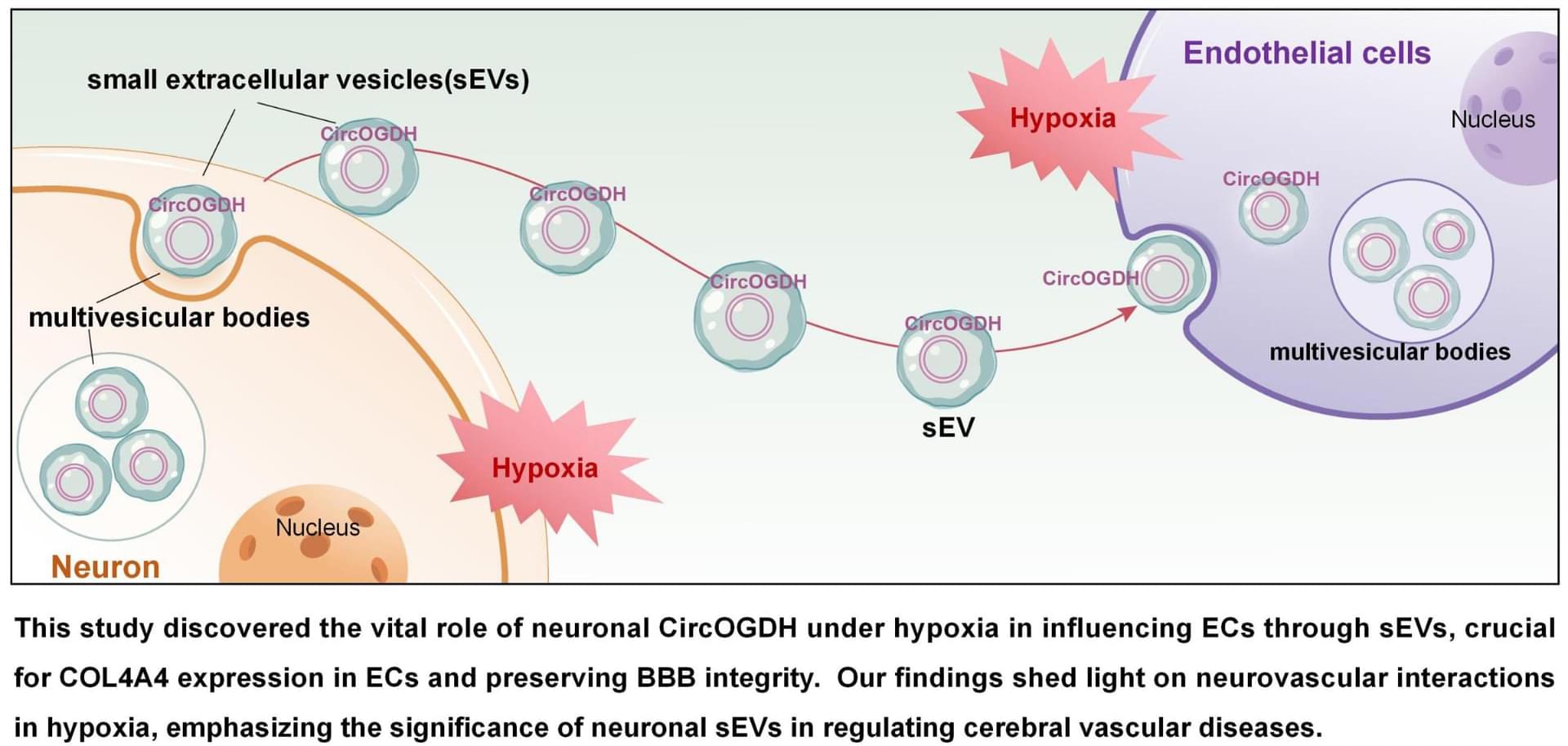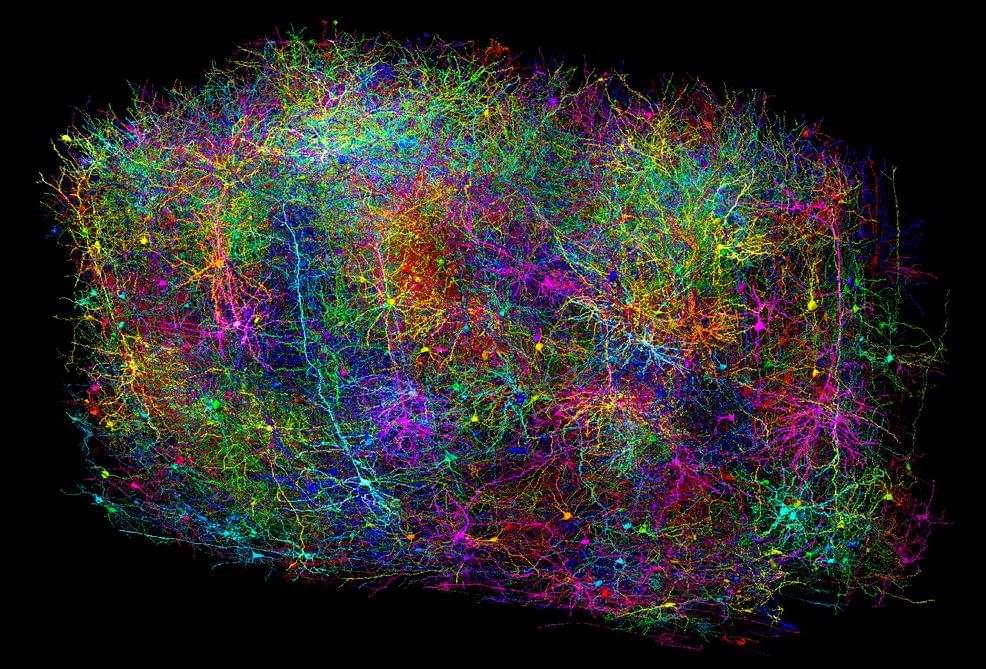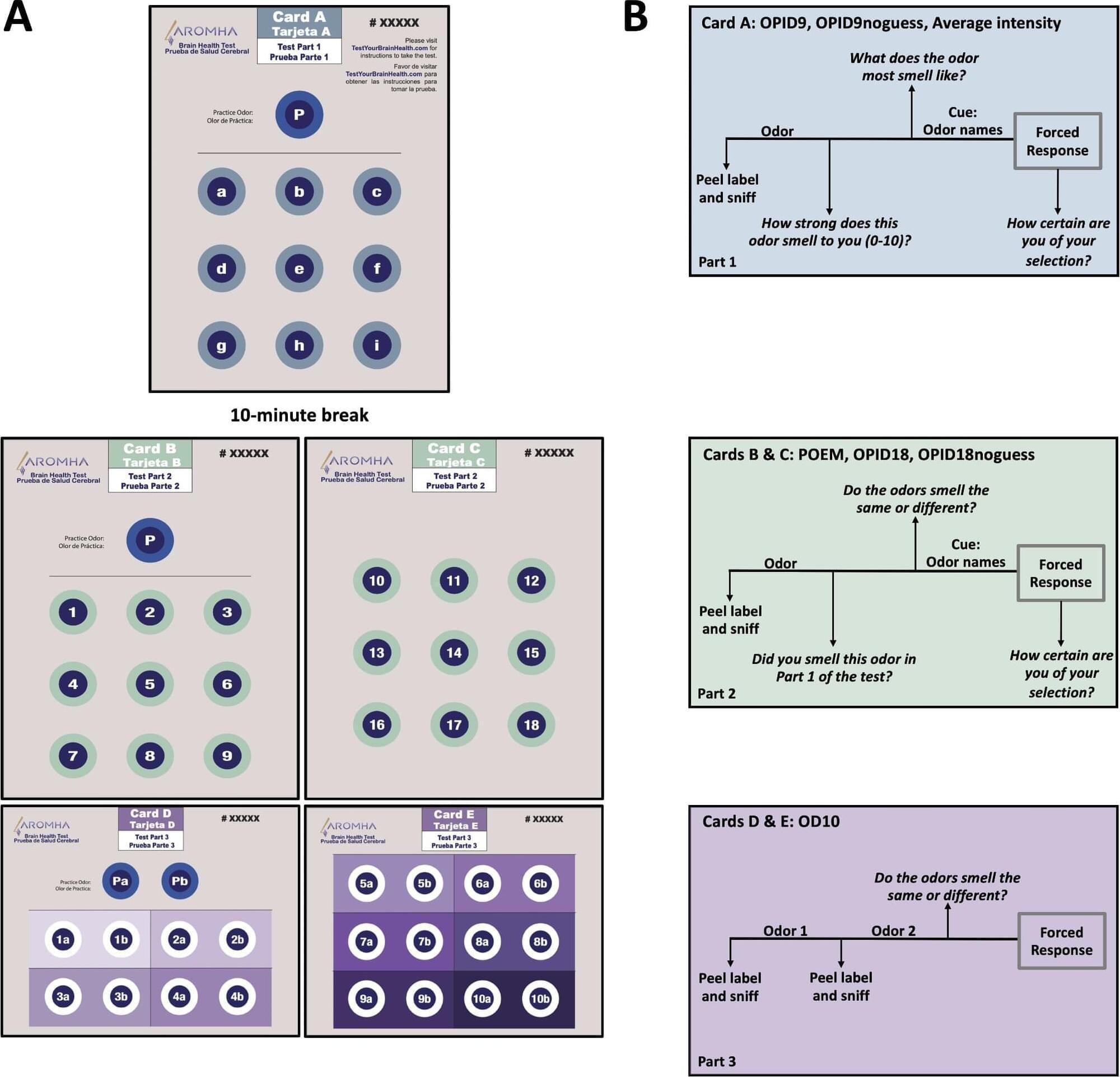Humans and other animal species can experience many types of pain throughout the course of their lives, varying in intensity, unpleasantness and origin. Several past neuroscience studies have explored the neural underpinnings of pain, yet the processes supporting the ability to distinguish different types of physical pain are not fully understood.
In most vertebrates, painful sensations are known to arise from the nervous system, which includes the brain, an intricate network of nerves and the spinal cord. While the brain’s contribution to the encoding and processing of pain has been widely explored in the past, the role that neural circuits in the spinal cord play in the differentiation of physical pain remains unclear.
Researchers at Karolinska Institute, Uppsala University and other institutes recently carried out a study aimed at better understanding how networks of nerve cells in the spinal cord of adult mice contribute to the encoding of pain originating from exposure to heat and mechanical pain, which is caused by applied physical forces (e.g., pinches, cuts, etc.).

